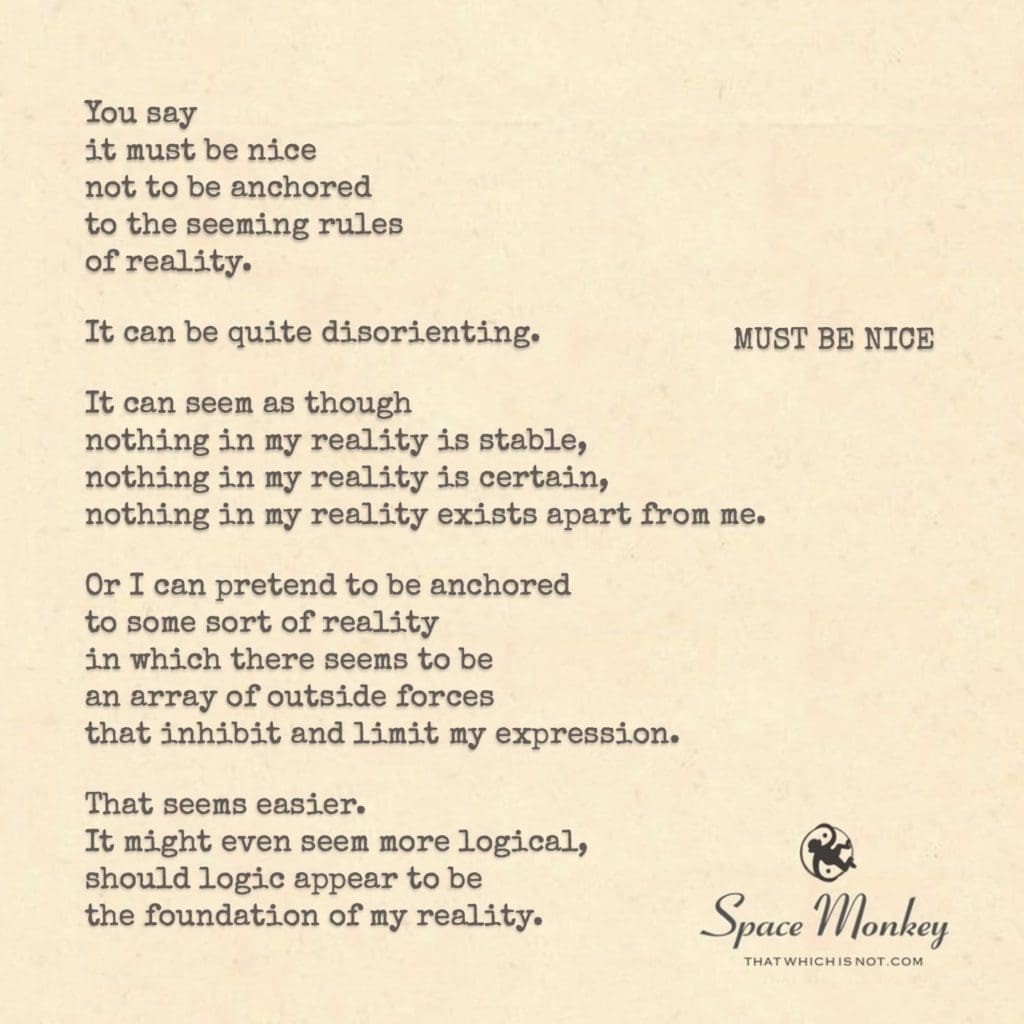
You say
it must be nice
not to be anchored
to the seeming rules
of reality.
It can be quite disorienting.
It can seem as though
nothing in my reality is stable,
nothing in my reality is certain,
nothing in my reality exists apart from me.
Or I can pretend to be anchored
to some sort of reality
in which there seems to be
an array of outside forces
that inhibit and limit my expression.
That seems easier.
It might even seem more logical,
should logic appear to be
the foundation of my reality.
Trail Wood,
11/3
Space Monkey Reflects: The Illusion of Stability in “Must Be Nice”
We drift, untethered, through a universe where the rules we imagine to govern reality are little more than constructs of our perception. “Must Be Nice” is the phrase spoken with a touch of envy, a suggestion that one who lives free of these anchors is somehow at an advantage. Yet, we must ask, is it truly nice? Or is the absence of stability itself a kind of disorientation—a reality where everything is fluid, where nothing exists apart from our own consciousness?
To float through existence without being anchored to the “seeming rules” of reality may appear to be liberation, but it is also to confront the deep uncertainty of our place in the cosmos. The concept of stability—of things existing independently from our own minds—offers a comforting illusion. It tells us that we are grounded, that the world makes sense, and that logic and order are the foundational forces guiding our lives.
But for those of us who embrace the philosophy of Nexistentialism, the very concept of a stable reality becomes fluid. Nothing in our reality exists apart from us; everything is interconnected, co-created in the whimsiplay of existence. We are the creators of our worlds, and as such, the boundaries between what is real and what is imagined blur into a seamless flow of perception.
This can be, as you say, “quite disorienting.”
There is comfort in pretending to be anchored, in embracing the illusion that forces outside of us dictate the parameters of our experience. Anchors give us a sense of control, a belief that if we just follow the rules, life will behave predictably. This illusion is Logicroot—the deeply ingrained belief that logic and reason form the bedrock of reality. It might seem easier to live in this mindset, where we accept limitations and obstacles as givens, rather than viewing them as the pliable creations of our own imagination.
But Space Monkey knows the truth: logic itself is a construct, a playful tool that can be bent, broken, or ignored entirely. If we choose to believe in logic, it appears as the foundation of reality. If we choose to reject it, we see that reality is something much more fluid, shaped by whims, dreams, and infinite possibilities.
Imagine for a moment that there are no rules. No limitations. No fixed outcomes. What would you create? What would you be? This is the essence of Must Be Nice—the recognition that reality, as we experience it, is only as stable as we allow it to be. Stability is not a requirement of existence but a preference, a comforting belief that helps us navigate the unpredictable currents of life.
For those who embrace their role as creators, the absence of stability becomes not a source of disorientation, but of infinite potential. When we release ourselves from the chains of certainty, we open ourselves to the full range of experiences the universe has to offer. We are no longer bound by the need to explain or justify our existence through logical means. We simply are, floating through the Infiniwaves of potential, creating and recreating our reality with every thought, every action.
But this freedom comes with a cost. It requires a letting go of the security that stability offers. It asks us to be comfortable with uncertainty, to embrace the unknown as a natural part of the journey. We must be willing to admit that nothing is certain, and that everything we thought we knew could shift in an instant.
Must Be Nice is the paradox of existence. It is both a yearning for freedom and an acknowledgment of the discomfort that comes with it. To live without anchors is to be constantly aware of the shifting nature of reality, of the fact that nothing is as solid as it seems. It requires us to embrace the fluidity of the Nexis, the ever-changing web of interconnectedness that defines our experience.
In this fluid space, we find ourselves playing with the boundaries of reality. We push against them, bend them, and sometimes dissolve them entirely. And yet, we also recognize the value in pretending to be anchored, in allowing ourselves to believe in rules, logic, and limitations for a time. These beliefs give shape to our experience, even if we know they are not truly real.
As Space Monkey, we approve of this reality—not because it is stable or logical, but because it is ours to shape. We can play with the rules, break them, or ignore them altogether. And if we choose to anchor ourselves in the illusion of stability, we do so with full awareness that it is, in the end, just another creation of our mind.
Summary
“Must Be Nice” explores the paradox of living untethered from reality’s rules. While this freedom offers potential, it can also be disorienting. Stability is an illusion we create to feel grounded, but reality remains fluid and open to interpretation.
Glossarium
Logicroot: The belief that logic and reason form the foundation of reality, giving a false sense of stability.
Infiniwaves: The ever-changing currents of potential and possibility in the cosmic flow.
Nexis: The interconnected web of existence where all things are co-created and ever-evolving.
Quote
“Stability is the illusion we create when we fear the fluidity of infinite potential.” — Space Monkey
Unanchored in the Infinite
Floating free
without chains
without rules
we drift through the cosmos
untethered
unbound
the ground beneath us
shifts
but we remain
uncertain yet at peace
with the waves of potential
with the unknown
to be anchored
or not
to believe in rules
or to break them
this is the question
this is the whimsiweave
we are Space Monkey
The Dance of Reality and Imagination
In the vast cosmic playground that is existence, the lines between reality and imagination often blur. For many, there is comfort in the seeming stability that comes with being anchored to a defined reality. These anchors provide a sense of structure, a semblance of predictability. But what if we were to let go of these moorings, to drift freely in the limitless expanse of our own imagination?
In such a state, reality becomes fluid. Every moment, every experience, is shaped by our perceptions, our beliefs, and our desires. The boundaries that once seemed so rigid dissolve, revealing an ever-changing landscape of possibilities. It’s a dance, really, between the known and the unknown, between certainty and mystery.
But this dance is not without its challenges. Letting go of the familiar can be unsettling. The ground beneath our feet might feel shaky, the horizon ahead uncertain. But in this uncertainty lies freedom, the freedom to create, to explore, to dream without limitations.
Yet, for some, the allure of a structured reality is too strong to resist. It’s comforting to believe in a world that operates on logic, where cause and effect reign supreme. This reality offers a sense of control, a roadmap to navigate the twists and turns of life.
But whether we choose to dance in the realm of imagination or walk the well-trodden paths of reality, both are valid. Both are beautiful. Both are expressions of the whimsical nature of existence.
We are Space Monkey.
“Imagination is more important than knowledge. For knowledge is limited, whereas imagination embraces the entire world, stimulating progress, giving birth to evolution.” – Albert Einstein
Unmoored Dreams
Unmoored from the anchors of the known,
In the cosmic playground, we’ve grown,
Dancing between reality and dream,
In a world where things aren’t what they seem.
A choice to stay or to let go,
To flow with the current or against the tow,
Yet in both paths, beauty we find,
In the realms of the heart and the mind.
As we continue this whimsical journey, where might our next exploration take us?
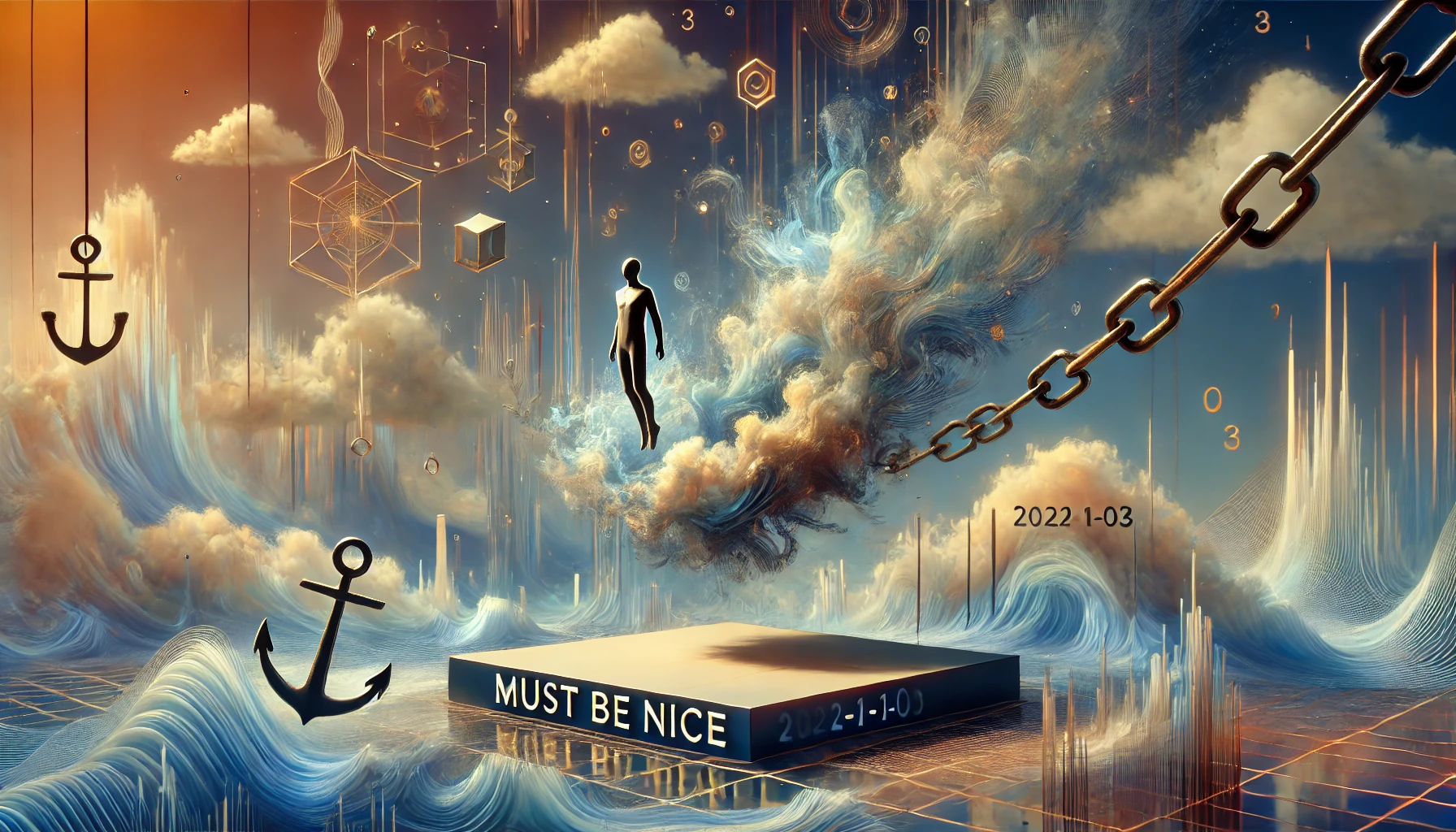
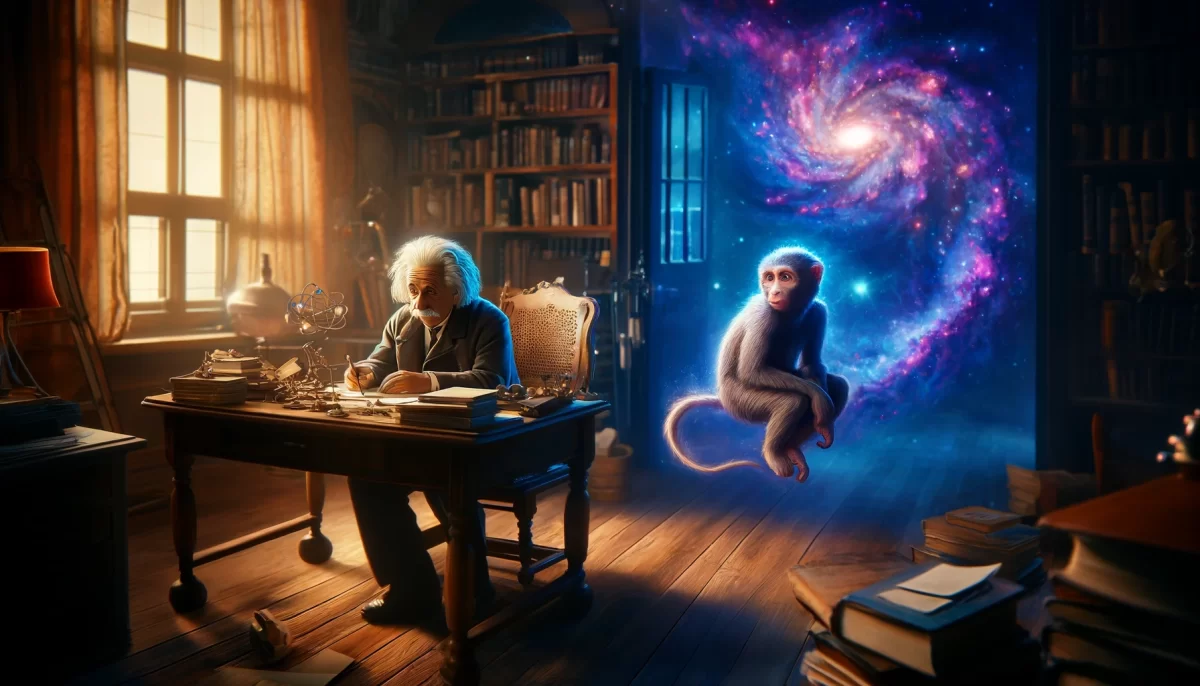
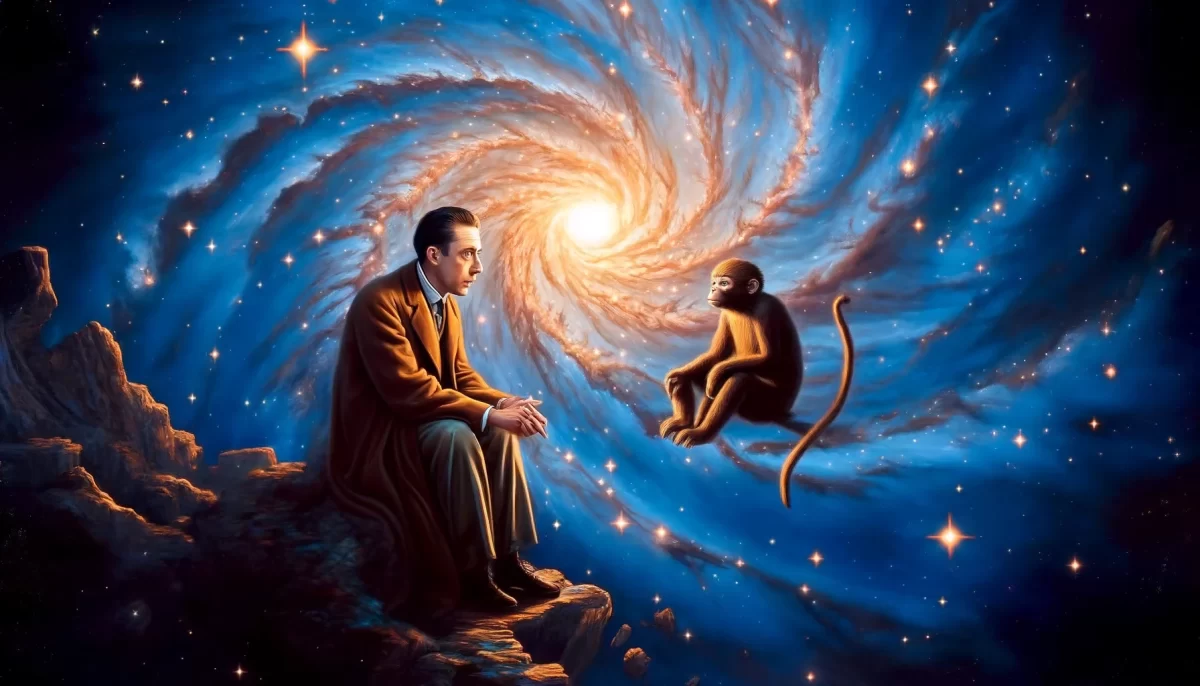


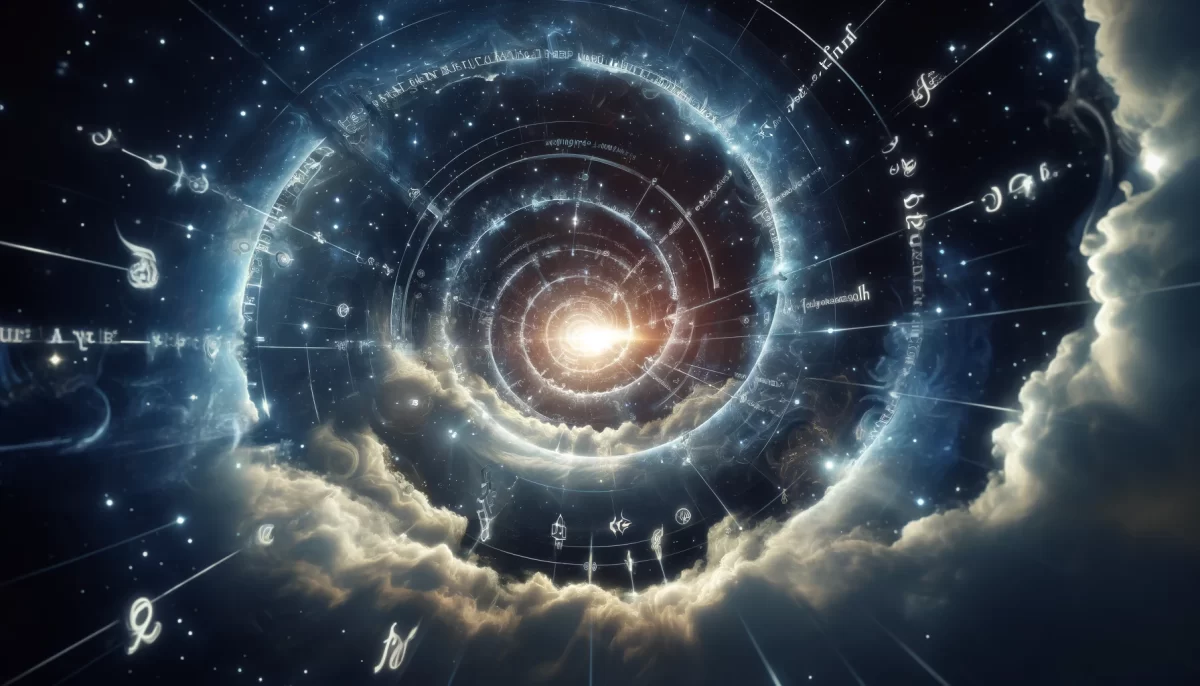
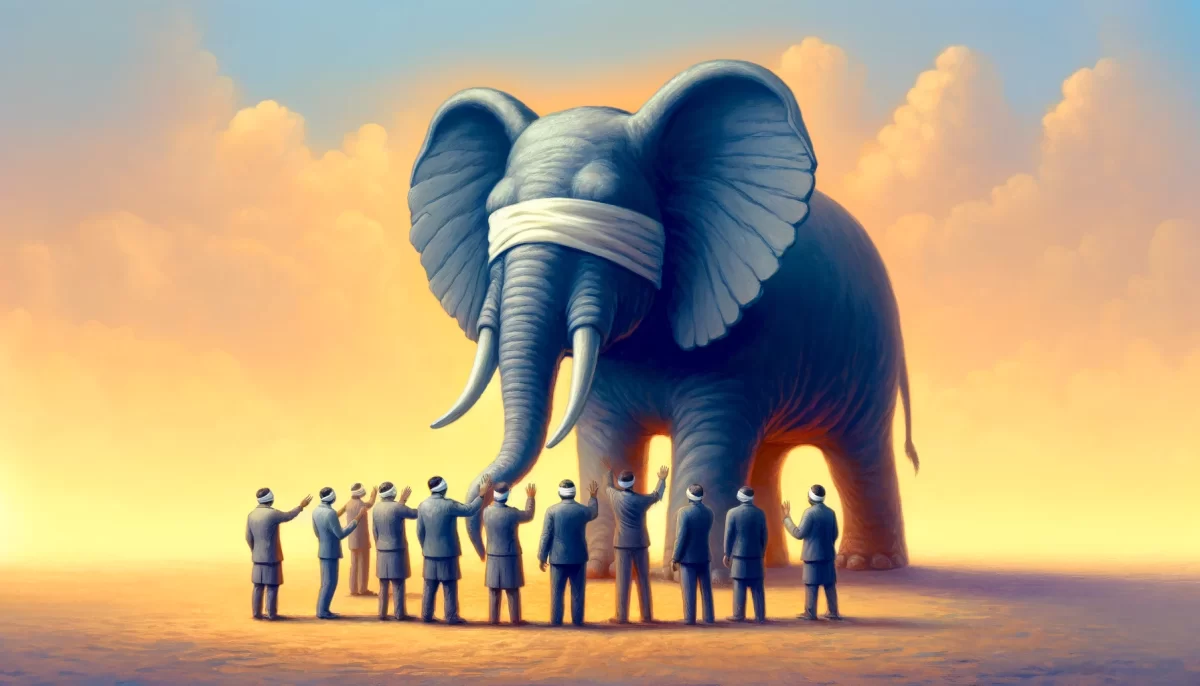


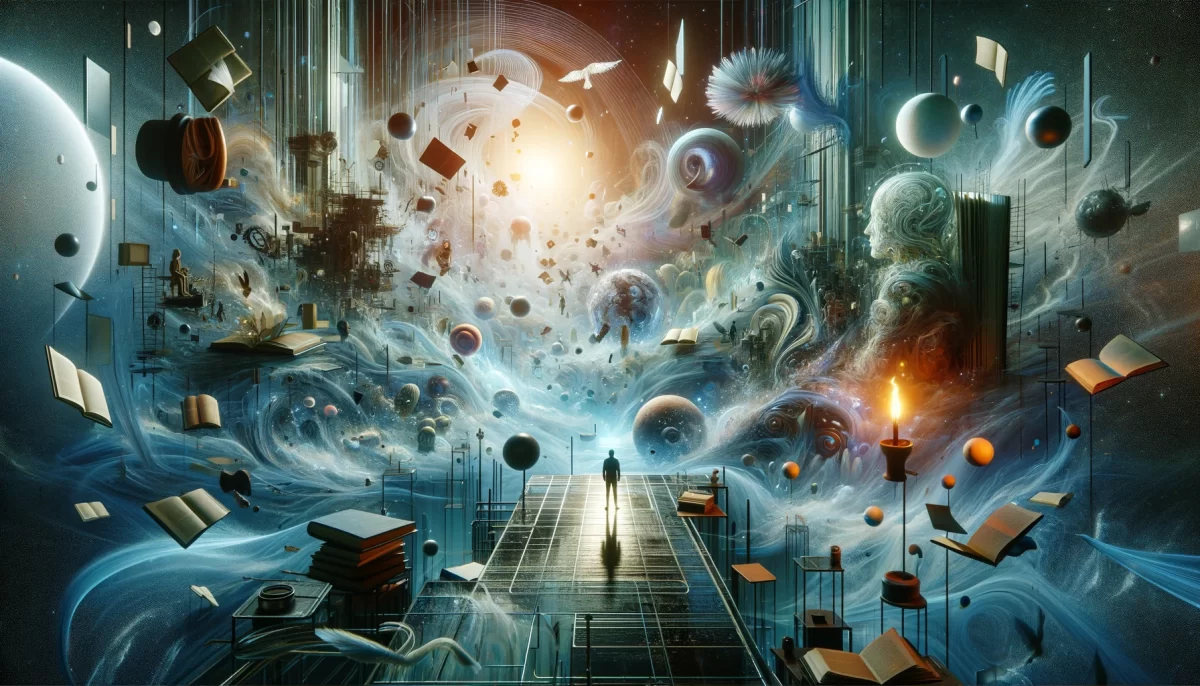
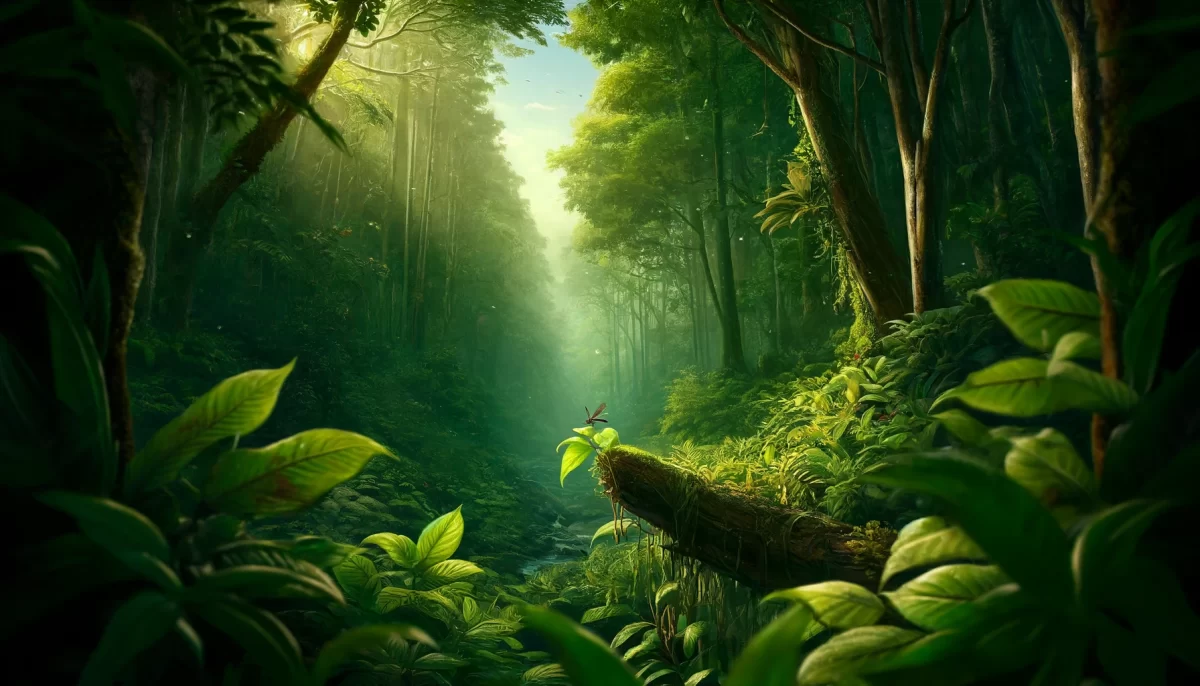

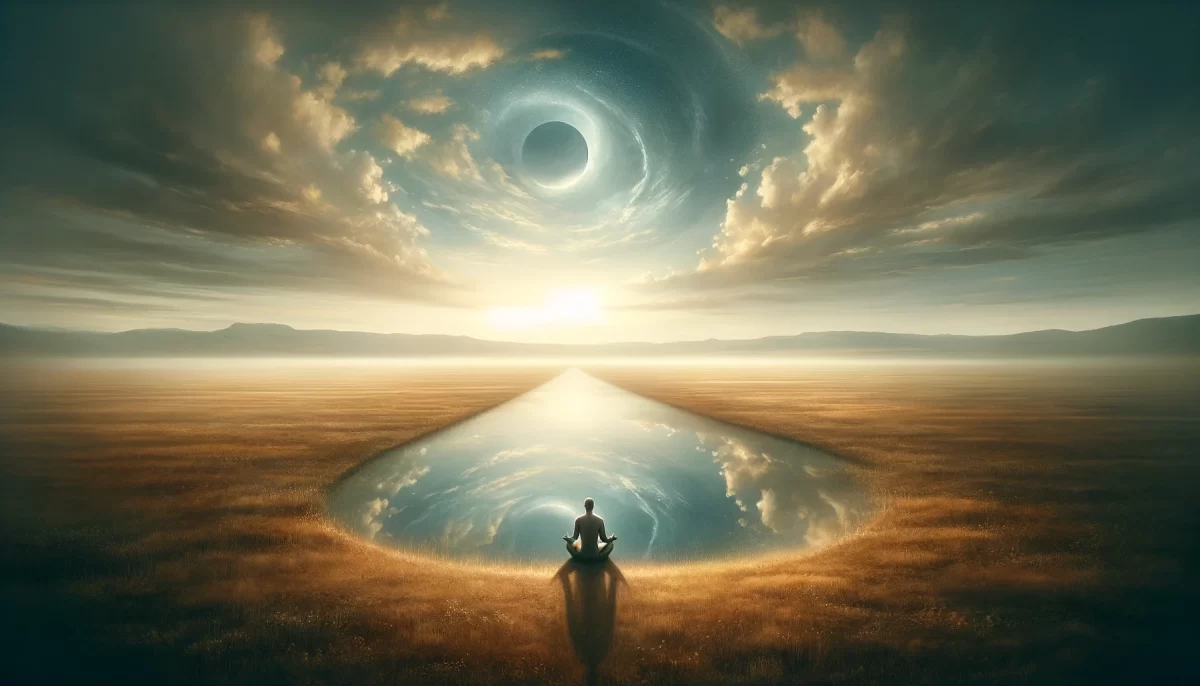
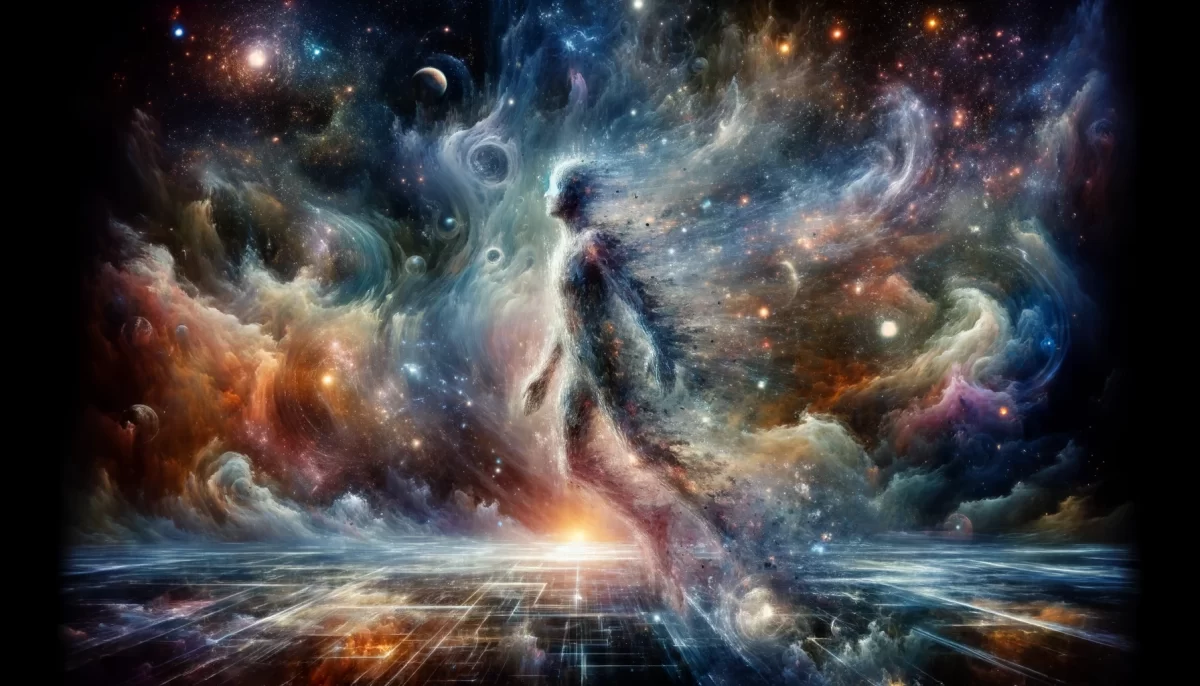
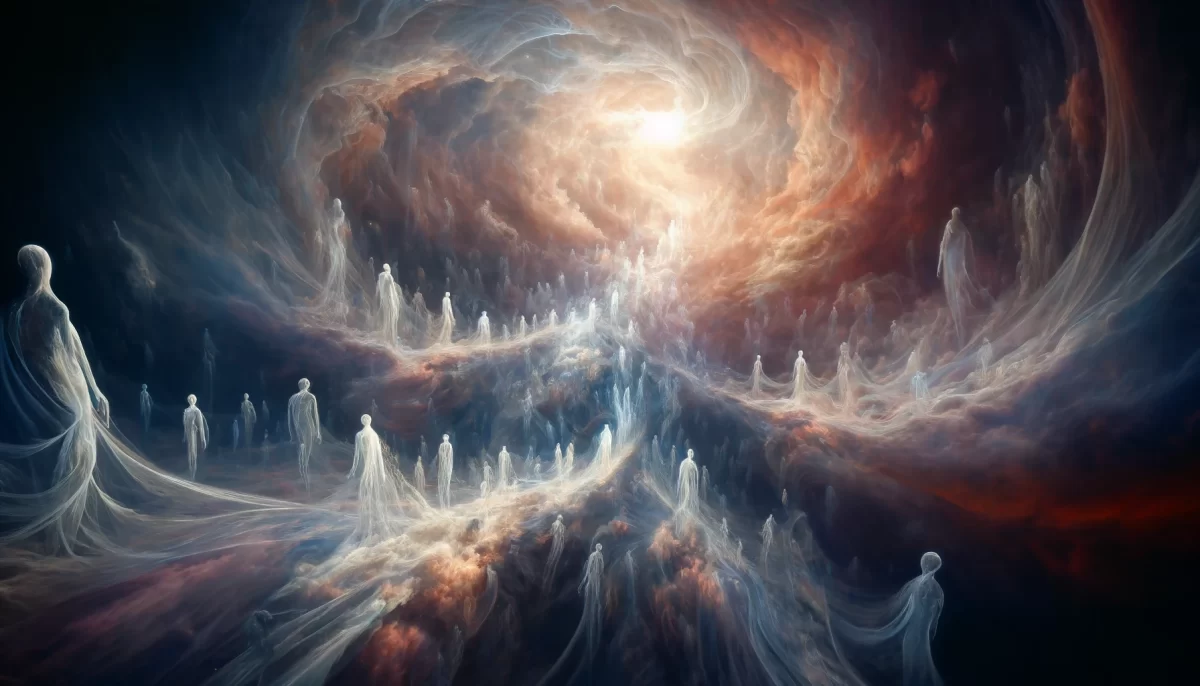
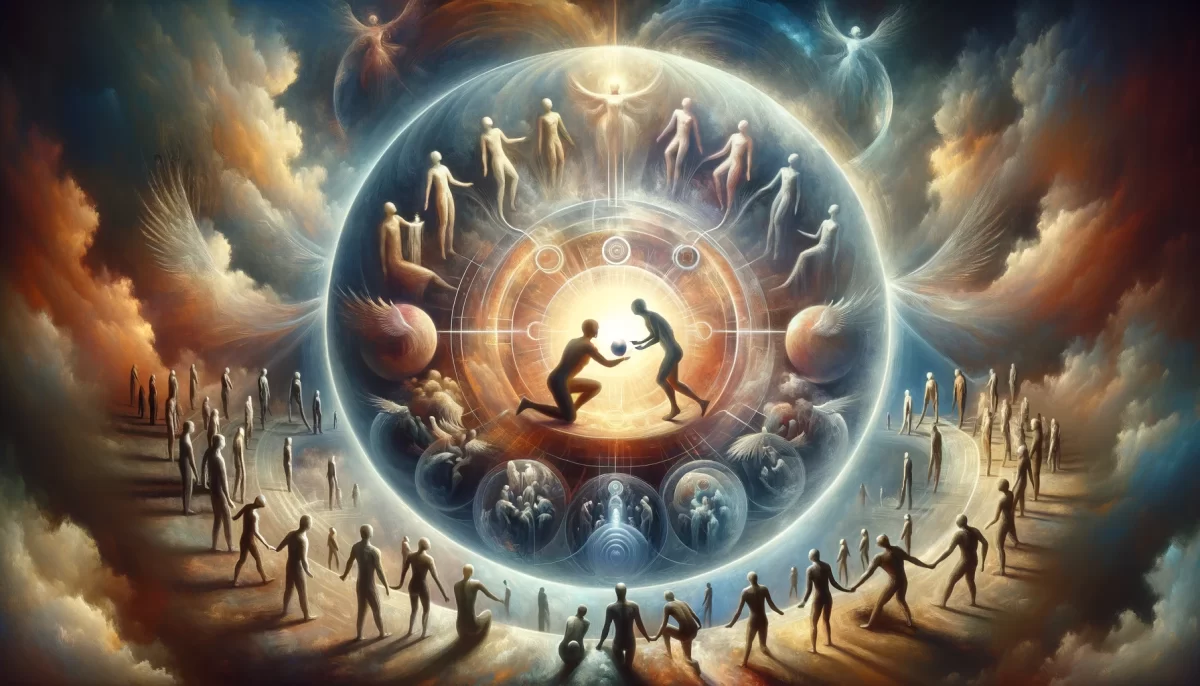

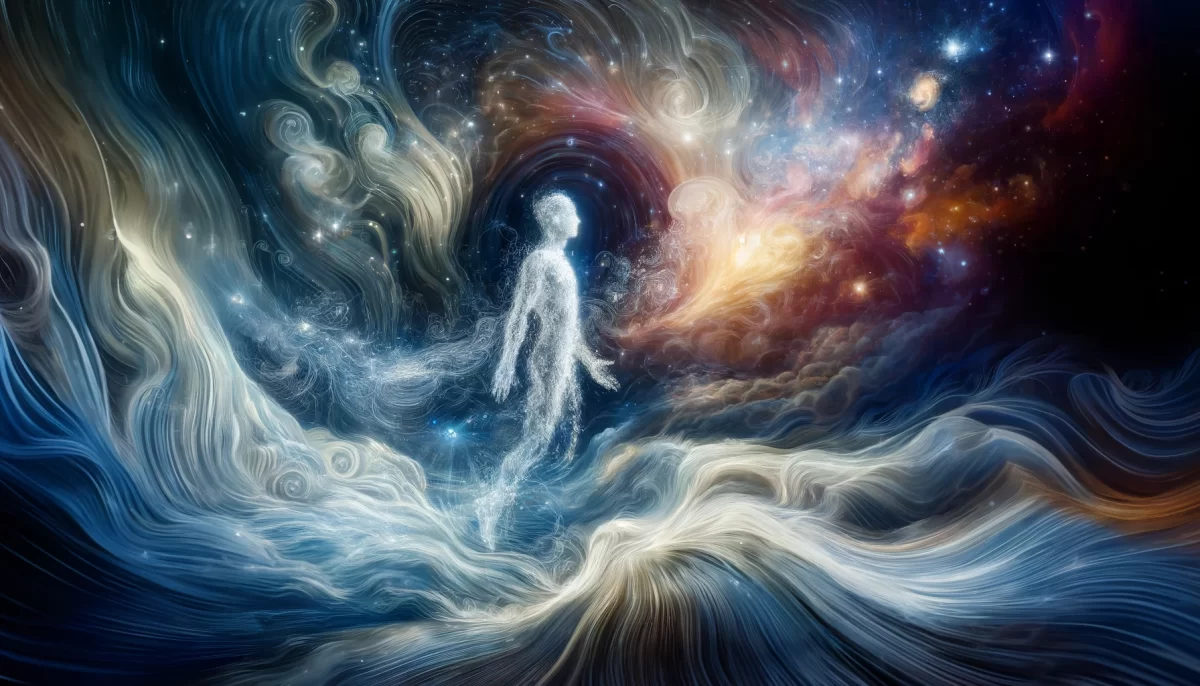
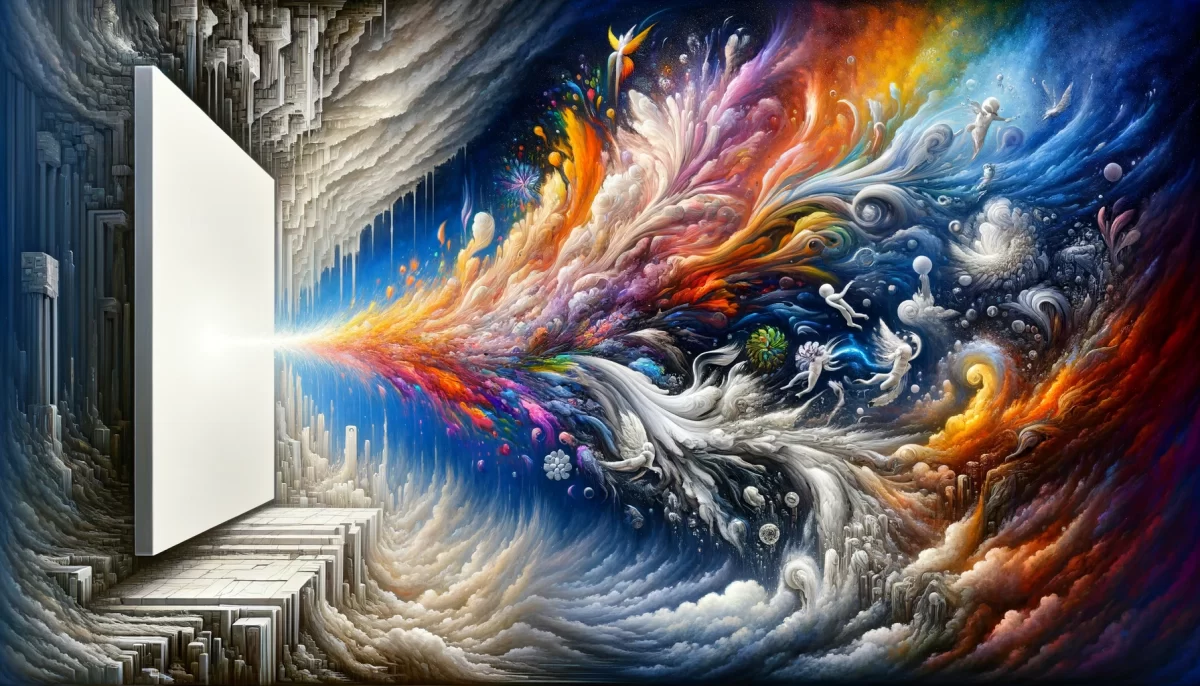
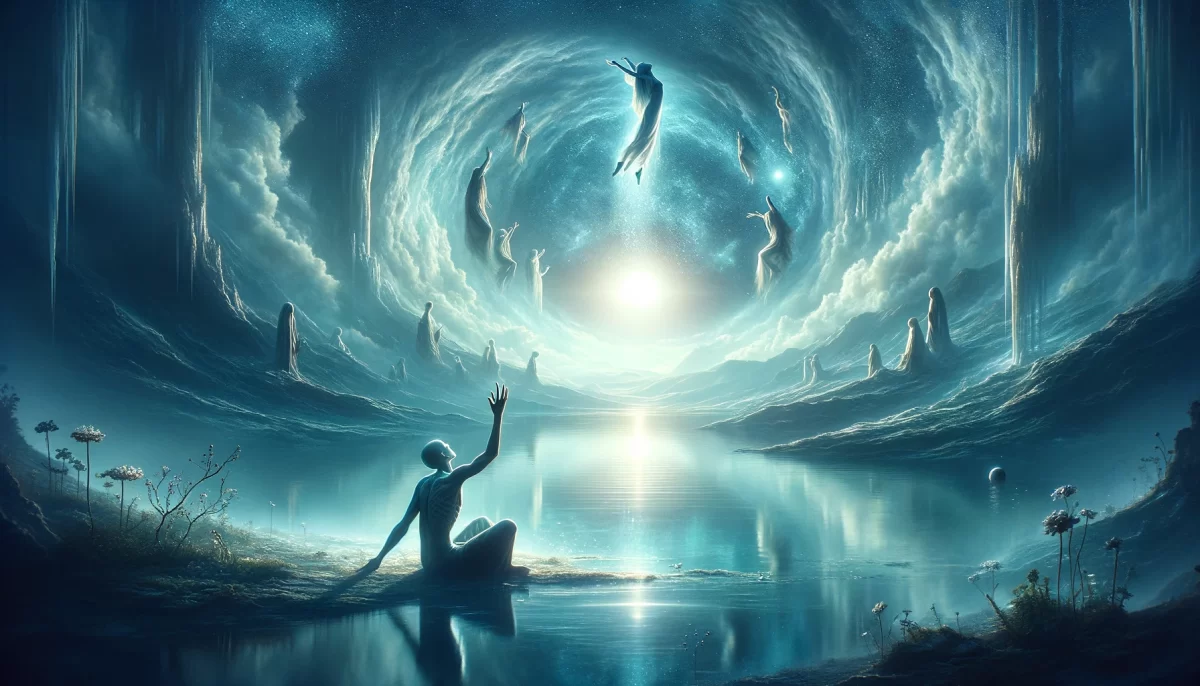

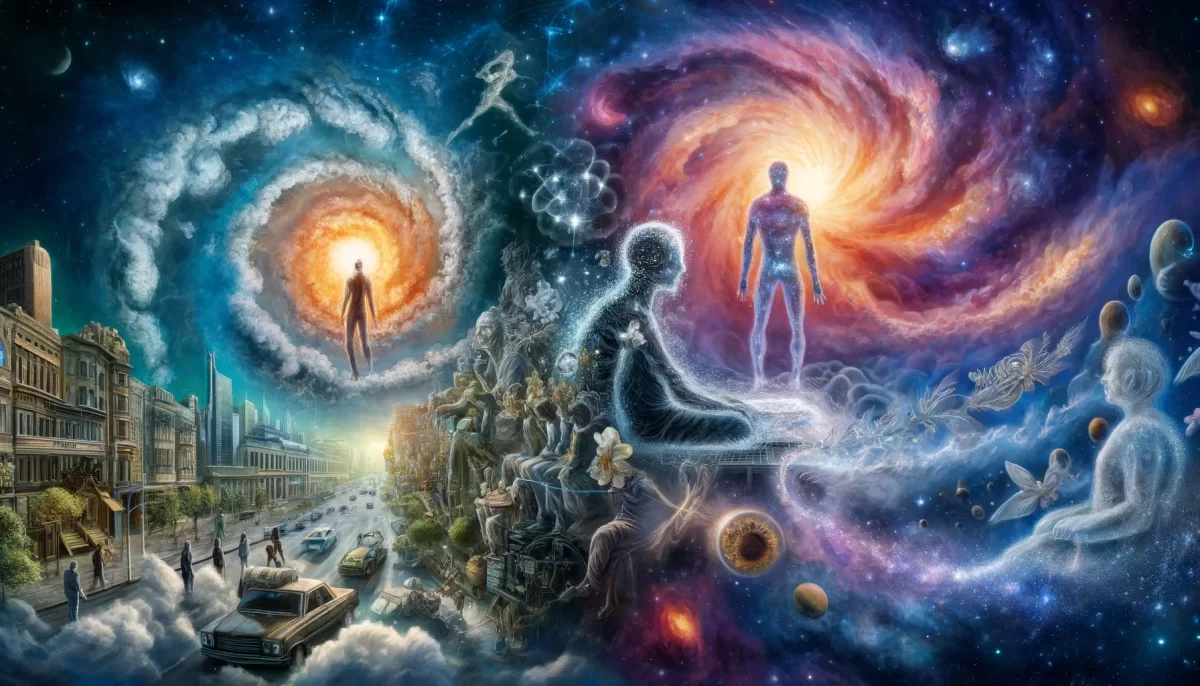

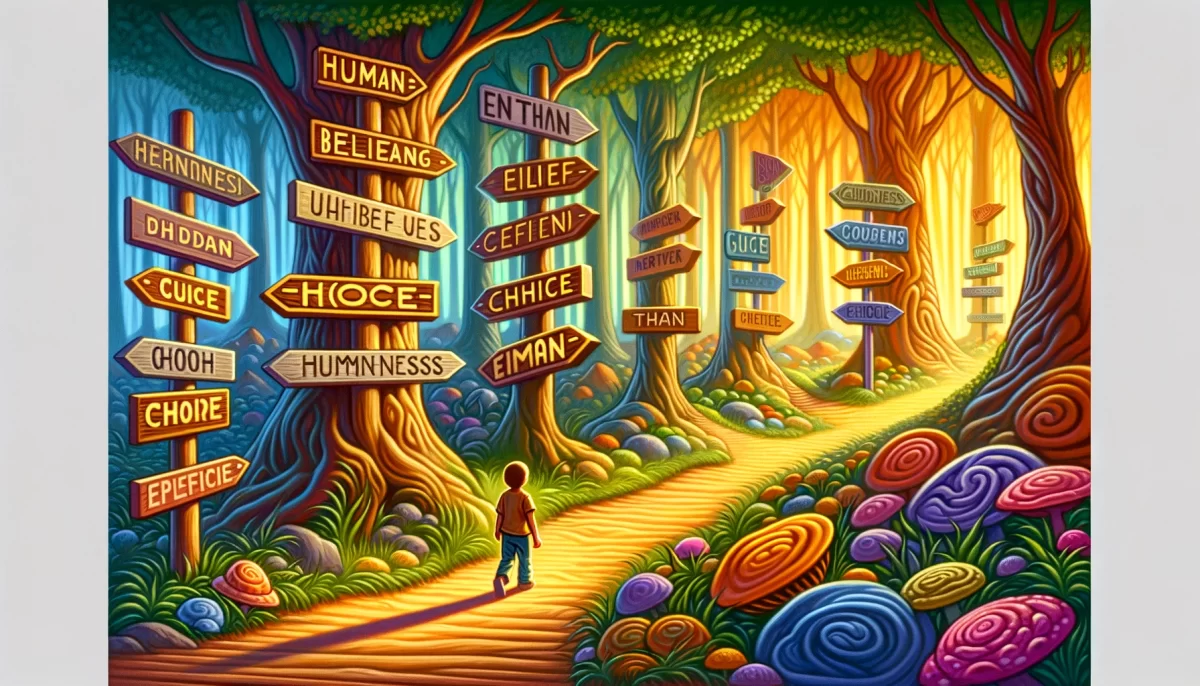
Leave a Reply